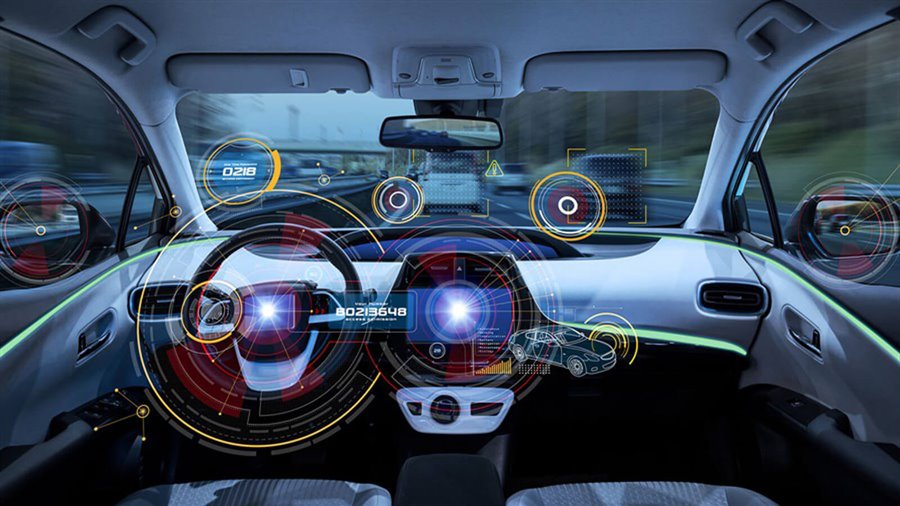Cars have come a long way from roaring engines and clunky knobs. Today, they’re brimming with software, sensors, and algorithms, transforming from mere transportation into rolling computers on wheels. And at the heart of this evolution lies the intricate world of automotive software development.
Building software for cars, especially autonomous vehicles, is no joyride – it’s a thrilling, complex, and ever-evolving odyssey packed with technical challenges and immense potential.
From Entertainment Systems to Autopilots: A Spectrum of Complexity
Automotive software spans a vast spectrum, from familiar infotainment systems and navigation apps to critical driver-assistance features and, ultimately, the brains behind self-driving cars. Each layer poses unique challenges:
- Real-time Systems: Timing becomes critical – braking calculations, sensor interpretations, and control decisions need to happen lightning-fast, with no room for lag or errors.
- Safety-Critical Systems: Lives are at stake. Software glitches can have catastrophic consequences, demanding rigorous testing, redundancy measures, and fail-safe mechanisms.
- Sensor Fusion and Data Management: Cars are sensory beasts, ingesting data from cameras, LiDAR, radars, and more. Fusing this data into a coherent picture of the world around the car requires sophisticated algorithms and efficient processing.
- Security Concerns: Connected cars are vulnerable to hacking. Robust security measures and encryption protocols are essential to protect against malicious actors.
- Evolving Regulations: The legal and regulatory landscape for autonomous vehicles is constantly changing, demanding developers to stay ahead of the curve and ensure compliance.

Self-Driving Dreams: The Ultimate Software Challenge
The pinnacle of automotive software complexity lies in self-driving cars. These autonomous vehicles require software that can:
- Perceive the World: Accurately interpret the environment using sensors, understand traffic rules, and identify potential hazards.
- Plan and Navigate: Generate safe and efficient paths, react to unexpected situations, and adapt to changing traffic conditions.
- Control the Vehicle: Precisely maneuver the car, ensuring smooth acceleration, braking, and steering adjustments.
- Ethical Dilemmas: Make critical decisions in complex situations, prioritizing safety and adhering to ethical principles.
Building software for self-driving cars is not just about technical prowess; it’s about pushing the boundaries of artificial intelligence, machine learning, and computer vision. It requires collaboration between software engineers, mathematicians, physicists, and ethicists, all working towards a common goal: creating reliable, safe, and trustworthy autonomous vehicles.
The Road Ahead: Challenges and Opportunities
The journey towards widespread self-driving cars is paved with challenges:
- Cost and Scalability: Developing and deploying the technology is expensive and requires significant infrastructure investment.
- Public Acceptance: Building trust and addressing ethical concerns are crucial for widespread adoption.
- Legal and Regulatory Hurdles: Clear regulations and liability frameworks are necessary before self-driving cars can truly hit the road.
However, the opportunities are equally immense:
- Enhanced Safety: Autonomous vehicles have the potential to significantly reduce traffic accidents and fatalities.
- Increased Mobility: Self-driving cars could provide transportation for those who cannot drive themselves, improving accessibility and independence.
- Enhanced Efficiency: Optimized traffic flow and automated driving can lead to reduced congestion and fuel consumption.
Joining the Automotive Software Revolution
Building software for cars is not just a technical endeavor; it’s a chance to contribute to a revolution that will reshape transportation and impact lives. If you’re a developer with a passion for innovation and a thirst for challenges, this is the field for you.
Hone your skills in real-time systems, embedded programming, AI, and sensor fusion. Stay abreast of the latest advancements and regulations. And above all, embrace the complexity and push the boundaries of what’s possible.
So, buckle up, future automotive software developers! The road ahead is full of twists and turns, but the destination – a world where cars seamlessly and safely navigate our streets – is worth the thrilling ride.
















Add Comment